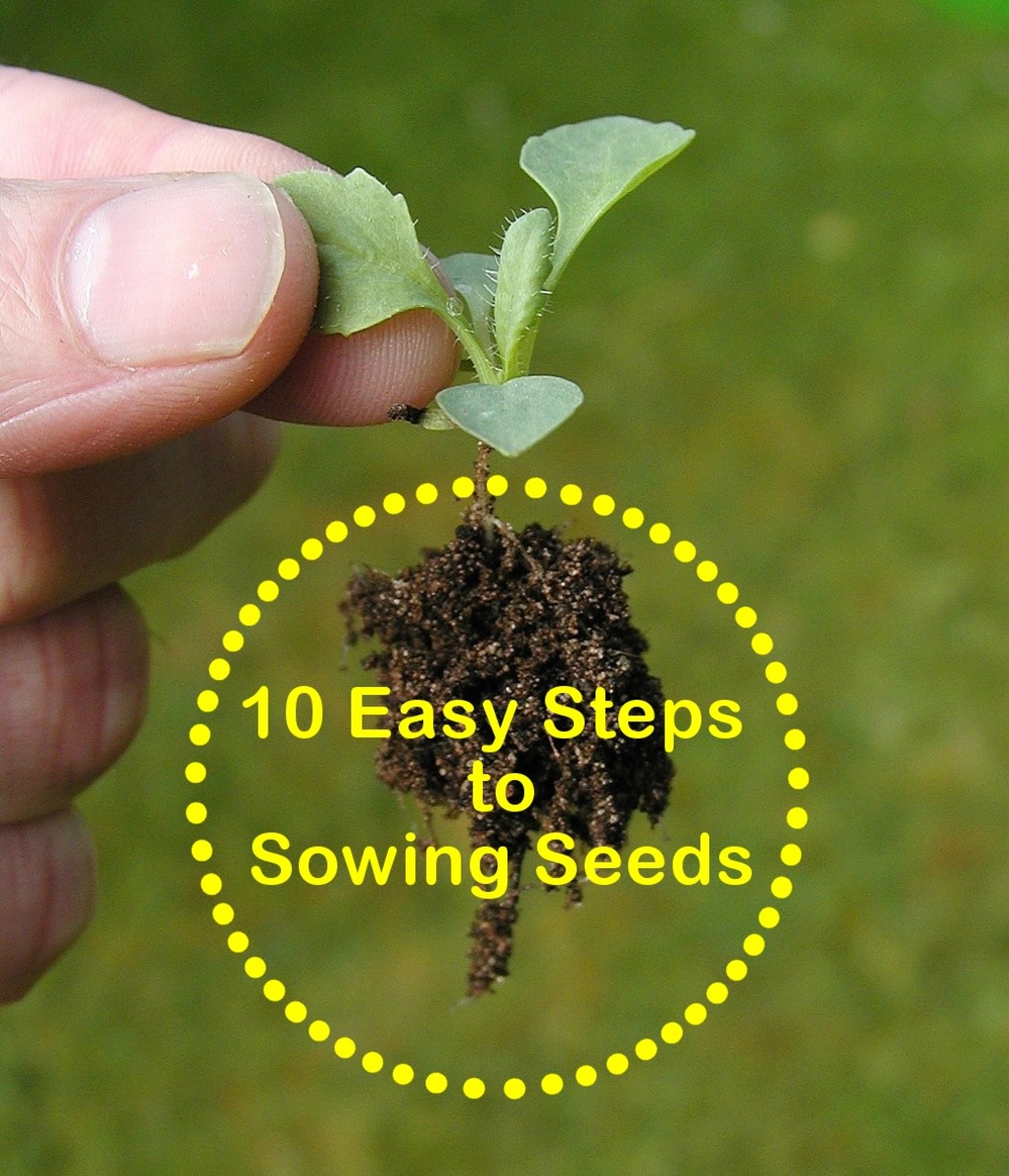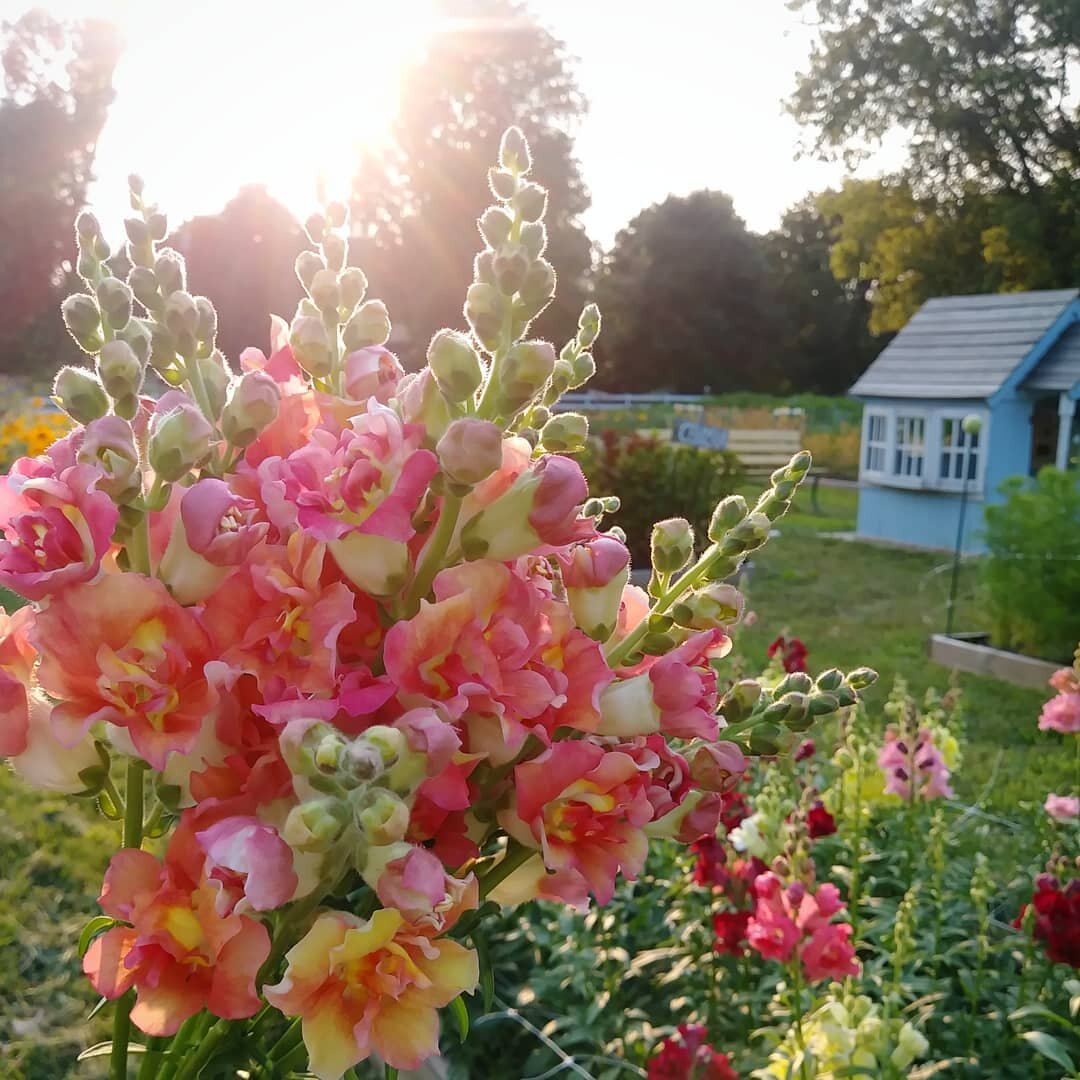Preparing the Soil for Optimal Germination
When learning how to sow snapdragon seeds, it’s essential to start with a well-prepared soil. Snapdragon seeds require a soil with good drainage and a pH between 6.0 and 7.0 to germinate successfully. Before sowing, test the pH level of your soil using a soil testing kit or by sending a sample to a laboratory for analysis. If your soil is too acidic or alkaline, adjust the pH by adding organic matter such as compost or well-rotted manure.
Remove any debris, rocks, or weeds from the soil to create a smooth, even surface. This will help prevent competition for water and nutrients, giving your snapdragon seedlings the best possible start. If your soil is heavy clay or sandy, mix in some organic matter to improve its structure and drainage. A well-prepared soil will help your snapdragon seeds germinate quickly and evenly, setting them up for healthy growth and development.
By taking the time to prepare your soil, you’ll be rewarded with strong, vigorous snapdragon seedlings that will thrive in their new environment. Remember, a well-prepared soil is the foundation of a successful snapdragon crop, so don’t skip this crucial step when learning how to sow snapdragon seeds.
Choosing the Right Snapdragon Variety for Your Garden
With numerous snapdragon varieties available, selecting the right one for your garden can be a daunting task. However, by understanding the different types of snapdragons and their unique characteristics, you can make an informed decision and ensure a successful harvest. Tall snapdragon varieties, such as ‘Rocket’ and ‘Madame Butterfly’, can grow up to 3 feet tall and are ideal for adding a dramatic pop of color to your garden. Dwarf varieties, like ‘Floral Showers’ and ‘Montego’, are compact and perfect for small gardens or containers. Trailing varieties, such as ‘Cascadia’ and ‘Fancy’, are great for hanging baskets or cascading over walls.
When choosing a snapdragon variety, consider your specific climate and garden conditions. If you live in a region with hot summers, look for varieties that are heat-tolerant, such as ‘Summer Breeze’ or ‘Heat Wave’. If you have a cooler climate, opt for varieties that thrive in cooler temperatures, like ‘Northern Lights’ or ‘Frosted Flame’. Additionally, consider the bloom color and pattern, as well as the growth habit, to ensure the variety fits your desired aesthetic.
By selecting the right snapdragon variety for your garden, you’ll be well on your way to learning how to sow snapdragon seeds successfully. Remember to choose a variety that suits your specific needs and conditions, and don’t be afraid to experiment with different types to find your favorite.
How to Sow Snapdragon Seeds for Successful Germination
When it comes to learning how to sow snapdragon seeds, proper sowing technique is crucial for successful germination. To start, fill a seed tray or small pots with a good quality seed starting mix. Moisten the mix with water, but make sure it’s not too wet, as this can cause the seeds to rot. Sow the snapdragon seeds on the surface of the mix, about 1/8 inch apart. Cover the seeds with a thin layer of the mix, no more than 1/16 inch deep.
Space the seeds correctly to ensure proper air circulation and prevent overcrowding. For tall varieties, sow seeds 2-3 inches apart, while dwarf and trailing varieties can be sown 1-2 inches apart. Water the seeds gently but thoroughly, making sure the mix is consistently moist but not waterlogged.
Provide the seeds with the right conditions for germination. Snapdragon seeds require light to germinate, so place the seed tray or pots in a bright, sunny location. Keep the temperature between 65-75°F (18-24°C), and maintain high humidity by covering the tray or pots with a clear plastic bag or cloche. With proper care and attention, your snapdragon seeds should germinate within 7-10 days.
By following these steps, you’ll be well on your way to successfully sowing snapdragon seeds and enjoying a vibrant, thriving crop. Remember to sow snapdragon seeds at the right depth, spacing, and watering requirements to ensure optimal germination and growth.
Creating the Ideal Environment for Snapdragon Seedlings
Once snapdragon seeds have germinated, it’s essential to provide the seedlings with the right environment to promote healthy growth. One of the most critical factors is light. Snapdragon seedlings require bright, indirect light to develop strong stems and vibrant colors. Place the seedlings in a south-facing window or under grow lights, ensuring they receive at least 4-6 hours of direct light per day.
Temperature also plays a vital role in snapdragon growth. Maintain a consistent temperature between 65-75°F (18-24°C) during the day and no lower than 55°F (13°C) at night. Avoid placing seedlings near heating vents or drafty windows, as this can cause temperature fluctuations.
Humidity is another crucial factor in creating an ideal environment for snapdragon seedlings. To maintain high humidity, cover the seedlings with a clear plastic bag or cloche. This will help retain moisture and promote healthy growth. Alternatively, you can place the seedlings on a tray filled with water and pebbles, which will increase the surrounding humidity as the water evaporates.
In addition to light, temperature, and humidity, air circulation is also essential for snapdragon seedlings. Ensure good air circulation by providing at least 1-2 inches of space between each seedling and avoiding overcrowding. This will help prevent fungal diseases and promote healthy growth.
By providing snapdragon seedlings with the right environment, you’ll be well on your way to growing vibrant, thriving plants. Remember to monitor the seedlings’ progress regularly and make adjustments as needed to ensure optimal growth.
Watering and Caring for Your Snapdragon Seedlings
Once snapdragon seeds have germinated, it’s essential to provide consistent watering and fertilization to promote healthy growth. Water the seedlings gently but thoroughly, making sure the soil is consistently moist but not waterlogged. Check the soil daily, and water only when the top inch of soil feels dry to the touch.
Fertilization is also crucial for snapdragon seedlings. Use a balanced, water-soluble fertilizer at half the recommended strength to avoid burning the roots. Apply the fertilizer once a week, and make sure to follow the manufacturer’s instructions.
In addition to watering and fertilization, it’s essential to monitor the seedlings for signs of pests or diseases. Common pests that can affect snapdragon seedlings include aphids, whiteflies, and spider mites. Regularly inspect the seedlings for signs of infestation, such as yellowing leaves or sticky residue.
Common diseases that can affect snapdragon seedlings include powdery mildew and root rot. These diseases are often caused by overwatering or poor air circulation. To prevent disease, ensure good air circulation around the seedlings, and avoid getting water on the leaves to prevent fungal growth.
If you do notice signs of pests or diseases, take action quickly to prevent the problem from spreading. Use organic or chemical controls as needed, and make sure to follow the manufacturer’s instructions. By providing consistent care and attention, you can help your snapdragon seedlings grow strong and healthy.
Thinning and Transplanting Snapdragon Seedlings
Once snapdragon seedlings have 2-3 sets of leaves, it’s essential to thin them out to prevent overcrowding. Thinning allows the remaining seedlings to receive adequate light, water, and nutrients, promoting healthy growth. To thin the seedlings, carefully remove the weakest or smallest seedlings, leaving about 6-8 inches of space between each remaining seedling.
After thinning, it’s time to transplant the seedlings into larger containers or directly into the garden. When transplanting, handle the seedlings by the leaves, not the stems, to avoid damaging the delicate stem. Gently tease out the roots to encourage them to spread out in their new environment.
When transplanting into the garden, choose a location with full sun and well-draining soil. Dig a hole that is twice as wide and just as deep as the container. Add a handful of organic matter, such as compost or well-rotted manure, to the hole to provide nutrients for the seedling. Gently place the seedling in the hole, firming the soil around the roots to secure it in place.
Water the transplanted seedling thoroughly, and keep the soil consistently moist during the first few weeks after transplanting. This will help the seedling establish a strong root system and promote healthy growth. By following these steps, you can successfully thin and transplant your snapdragon seedlings, setting them up for a vibrant and thriving display.
Tips for Encouraging Healthy Snapdragon Growth
To promote healthy snapdragon growth, it’s essential to provide the right support and maintenance. One crucial step is pruning, which involves removing dead or damaged flowers and foliage to encourage new growth and prevent the spread of disease. Use clean, sharp scissors or pruning shears to remove any weak or dying stems, making cuts just above a leaf node.
Staking is another important step in promoting healthy snapdragon growth. Tall snapdragon varieties can grow quite tall, and may require staking to prevent them from toppling over in the wind. Use bamboo stakes or tomato cages to provide support, gently tying the stems to the stake using twine or wire.
Deadheading is another key technique for encouraging healthy snapdragon growth. This involves removing spent flowers to encourage the plant to produce more blooms. Simply pinch or cut off the faded flowers, making sure to remove the entire flower stem to prevent seed production.
In addition to these techniques, it’s essential to provide snapdragons with a balanced fertilizer diet. Feed the plants with a water-soluble fertilizer once a month, following the manufacturer’s instructions. This will provide the necessary nutrients for healthy growth and blooming.
Finally, consider providing snapdragons with a mulch layer to retain moisture and suppress weeds. Use a thin layer of organic mulch, such as straw or bark chips, around the base of the plants. This will help to keep the soil cool and moist, promoting healthy growth and development.
By following these tips and tricks, you can encourage healthy snapdragon growth and enjoy a vibrant and thriving display of colorful blooms. Remember to sow snapdragon seeds in well-draining soil and provide adequate light and water for optimal growth.
Common Mistakes to Avoid When Sowing Snapdragon Seeds
When it comes to sowing snapdragon seeds, there are several common mistakes to avoid in order to ensure successful germination and growth. One of the most critical mistakes is sowing the seeds too deeply. Snapdragon seeds require light to germinate, so it’s essential to sow them on the surface of the soil or just barely cover them with a thin layer of soil.
Another common mistake is overwatering. Snapdragon seeds are prone to rot if the soil is too moist, so it’s essential to water them carefully and avoid overwatering. Water the soil gently but thoroughly, and make sure the soil drains well to prevent waterlogged soil.
Failing to provide adequate support is another mistake to avoid. Tall snapdragon varieties can grow quite tall, and may require staking to prevent them from toppling over in the wind. Use bamboo stakes or tomato cages to provide support, and gently tie the stems to the stake using twine or wire.
Not providing enough space between the seeds is another common mistake. Snapdragon seeds require about 6-8 inches of space between each seed to allow for proper growth and air circulation. Sow the seeds too close together, and they may become overcrowded and susceptible to disease.
Finally, failing to prepare the soil properly can be a major mistake. Snapdragon seeds require well-draining soil with a pH between 6.0 and 7.0. Test the soil pH and amend it if necessary, and remove any debris or weeds that may compete with the snapdragon seedlings for water and nutrients.
By avoiding these common mistakes, you can increase your chances of success when sowing snapdragon seeds. Remember to follow the steps outlined in this guide, including preparing the soil, choosing the right variety, and providing adequate light and water. With a little care and attention, you can enjoy a vibrant and thriving display of snapdragons in your garden.







